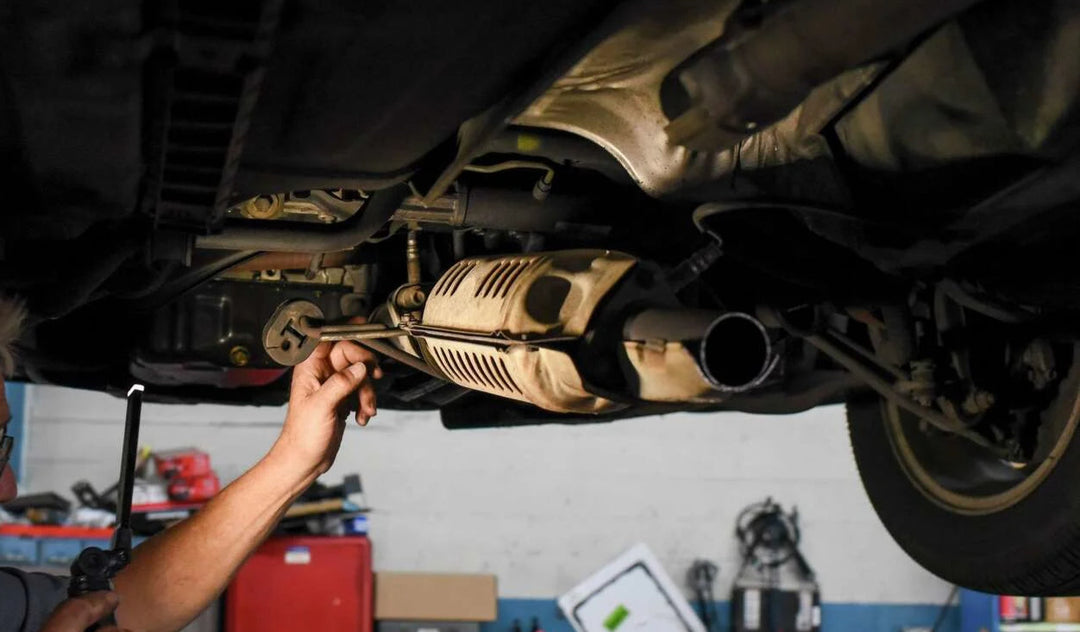Across many parts of Africa, Asia, and Latin America, families have cooked on open three-stone fires or basic clay stoves. These traditional setups:
-
Use large amounts of firewood or charcoal
-
Create thick indoor smoke that leads to respiratory illness, especially for women and children
-
Require long hours of fuel collection, which cuts into school and paid work
-
Contribute to deforestation and soil degradation
 The Rocket Stove: A Small Idea with a Big Impact
The Rocket Stove: A Small Idea with a Big Impact
In the 1980s, Dr. Larry Winiarski at the Aprovecho Research Center designed the rocket stove, a highly efficient biomass cookstove. It uses an L-shaped combustion chamber and insulation to raise combustion temperatures and improve heat transfer to the pot.
The results are powerful: many communities report using 30–40% less fuel with far less smoke. That means better health, more time for education and work, and less pressure on local forests.
How a Rocket Stove Works
-
L-shaped chamber: Wood feeds horizontally, hot gases rise vertically.
-
Insulated riser: Insulation keeps heat in the chamber, supporting cleaner combustion.
-
Chimney effect: Hot gases rise quickly, pulling fresh air in and improving the draft.
-
Focused heat: More heat reaches the pot, so food cooks faster with less wood.
How It Changed Lives
-
Health: Less smoke means fewer respiratory and eye problems.
-
Education: Children, especially girls, spend less time collecting fuel and more time in school.
-
Household economy: Families save money and time; some start micro-businesses making or selling stoves.
-
Environment: Reduced fuel demand supports reforestation and slows deforestation.
-
Community resilience: Clean cooking encourages broader energy efficiency and sustainability projects.
Why This Matters Beyond the Developing World
The same benefits help anyone who needs off-grid cooking:
camping, overlanding, emergency preparedness, backyard cooking, and disaster relief.
Our Take at Miller CAT
The Rocket Stove is something we have always been interested in and turned it into a passion project. We drew on proven rocket stove principles to create a portable, efficient, and versatile stove you can use at home or on the trail. It is compact, easy to pack, and designed for clean, fuel-efficient cooking during camping trips, backyard gatherings, or power outages. It was a rewarding experience for us to design a stove that can change the way we create fire and we're excited to share it with you all.
Ready to try a high-efficiency rocket stove for camping or emergency use? Shop the Miller CAT Rocket Stove
Quick FAQ
What fuel does a rocket stove use?
Small sticks, twigs, or other biomass. Dry fuel works best.
How much fuel can it save?
Many users see 30–40% less fuel than open fires, with faster boil times.
Is insulation important?
Yes. An insulated riser keeps temperatures high, supports cleaner combustion, and reduces smoke.
Can I use it indoors?
Only in spaces with proper ventilation and where local codes allow. Most consumer rocket stoves are meant for outdoor use.
How is it different from a backpacking stove?
Backpacking stoves often run on canister fuel. A rocket stove is a biomass design that uses sticks and twigs, which is useful when fuel canisters are not available.





